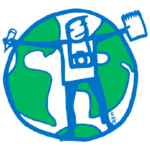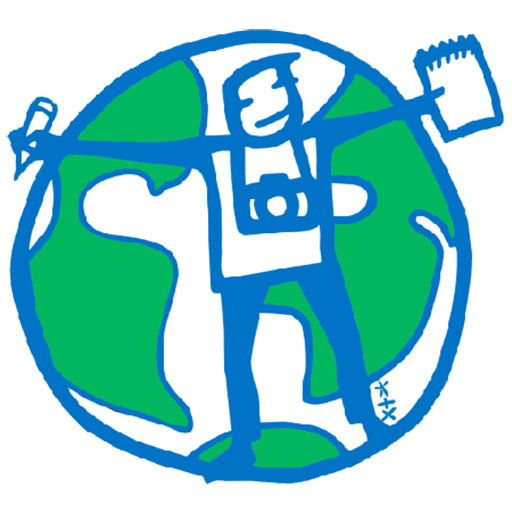More than 70% of Planet Earth is water, which supports a great variety of habitats and biodiversity. Yet marine coasts, beaches, rivers, seas and oceans end up being dumpers of millions of tons of human wastes. Having been abandoned or dumped by human hands on beaches and rivers, or oceans, having been carried by the wind, the marine tides, or ocean gyres… glass bottles, metal cans, wood debris, textiles wastes, cigarette butts and mainly plastic and micro plastics (e.g., pellets, microbeads) pollute and put at skate marine species and biodiversity.
Paraphrasing the United Nations (2014), Marine debris is “a symptom of our thrown-away society and our approach to how we use our nature resources”.
What are the main sources of marine litter?
Only 20% or 30% of marine wastes come from marine activities, such as fishing industry, shipping, offshore mining and extraction, Illegal dumping at sea or discarded fishing gear. Actually, the great majority is referred as land-based, including beach/ coastal areas litter (e.g., tourism activities), land-fills, untreated sewers (European Commission, 2017; U.N., 2014)
On the other hand, among the marine debris, the vast majority – about 70% – derives from plastic, which is a durable material (APLM, 2017; European Commission, 2017; U.N., 2014).
What are the most common wastes on the beach?
Besides wood and fishing debris (nets, cables), many other wastes can be found (picture 1).
Cigarette butts are the most frequent waste on beaches. Mistaken by birds and other animals as food, they are the cause of death and serious consequences for ecosystems and humans (APLM, 2017; Buczynski, 2012)
One cigarette butt can contaminate up to 2L of water with about 4700 toxic substances.
Besides that we have several plastic debris (e.g., bottle caps, plastic bottles, plastic straws, microplastics), which have a slow degradation process. Furthermore, food wrappers, beverage cans, paper bags, clothing fibers and polystyrene (styrofoam) pollute and destroy habitats.
Consequences of marine litter
Marine species severely injured or die by fishing or shipping artifacts (picture 1)
As stated plastic is the most found component of marine debris. Due to its durability – a lifespan of centuries – it doesn’t biodegrade quickly. Yet it can break into very small pieces, attracting toxic and heavy metals when being carried by the tides (APLM, 2017; Macarthur Foundation, 2017; United Nations Environmental program – UNEP, 2014, 2016) and accumulated in oceanic gyres, forming islands of “plastic soup” or in Arctic ice (Macarthur Foundation, 2017; UNEP, 2016).
Microplastics – e.g., pellets, nurdles – are pollutants of ocean waters and are small enough to mingle with plankton . “They are a direct threat for many species as they mistake plastic for their natural nutritious food intoxicating them or chocking them to death”, Paula Sobral from APLM, explained at a beach cleaning mission coordinated by ABAE.
Microplastics Nurdles can carry two types of micro pollutants in the marine environment: native plastic additives and hydrophobic pollutants absorbed from seawater.
What has been or can be done to reduce marine litter?
According to Paula Sobral, there is no treatment plant that retains microplastic particles, and the machines that clean our beaches only clean up to 2.5 cm deep.
Information at school is crucial, as well as campaigns for the general public and for specific Unions and economic groups. For example APLM has been carrying out campaigns at school and with fishermen leading them to collect marine waste on board in special containers.
Individual routines can also and must also change. “Balloons are used at parties and festivities in Portugal. They are lively artifacts that have to be banned from our routines!” Paula Sobral added.
Other projects have been held in Portugal, such as Ospar programme, Coastwatch Portugal, Clean-up the Atlantic, University scientific studies.
Scientists in Great Britain and Netherlands defend that a much more radical and efficient action must be taken:
“The basic concept is that products must be designed with end-of-life recovery in mind! The challenge is to combat an economic model that thrives on wasteful products and packaging, and leaves the associated problem of clean-up costs. “ (Moore, 2014)
The future?
In order to keep having fish in the ocean – sardines in our plate! – it seems that changing the way we produce and consume plastics is the real challenge as well as changing individual and cultural habits!



